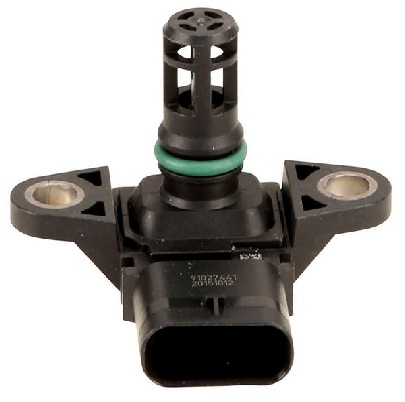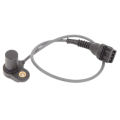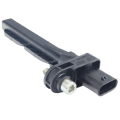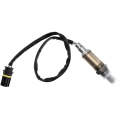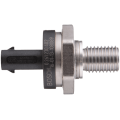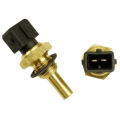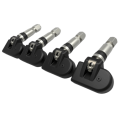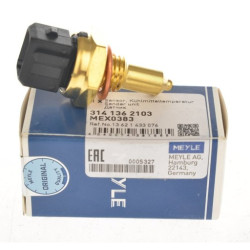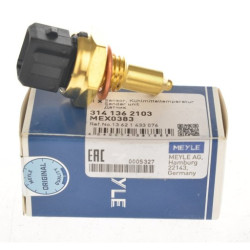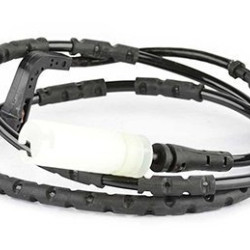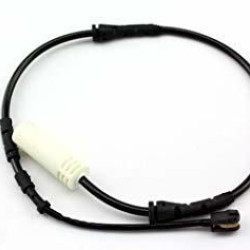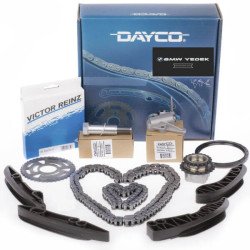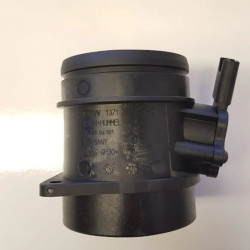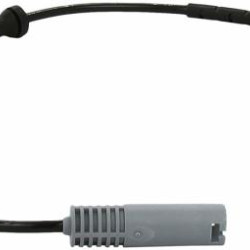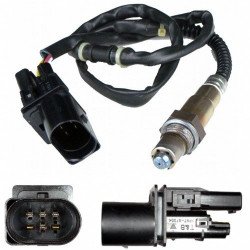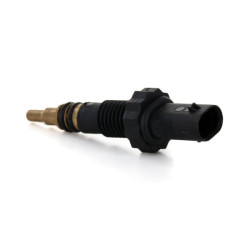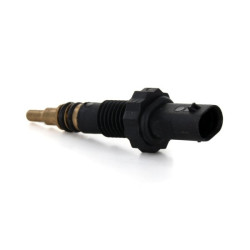BMW Sensors
BMW Sensor is an electronic component used to detect events or changes in its environment and transmit information to other electronic devices.
Various sensors are found in cars, and these sensors are used to control and regulate different systems of the vehicle. Here are some commonly found car sensors:
Speed Sensor: The speed sensor measures the speed of the vehicle and transmits this information to the vehicle's electronic systems, ensuring the proper functioning of the ABS (Antilock Braking System) brake system, automatic transmission, cruise control, and other systems.
Fuel Level Sensor: The fuel level sensor measures the fuel level in the fuel tank and provides the driver with information on the fuel gauge.
Engine Temperature Sensor: The engine temperature sensor measures the temperature condition of the engine and sends information to the engine control unit (ECU). This information affects the engine's fuel injection, ignition timing, and cooling system operation.
Oxygen Sensor: The oxygen sensor measures the amount of oxygen in the exhaust gases. This information is transmitted to the engine control unit to ensure the correct adjustment of the fuel mixture and assist in emission control.
Ignition Coil Sensor: The ignition coil sensor controls the ignition timing in the engine's ignition system. This sensor ensures that the spark plugs ignite at the right time and keeps the engine running smoothly.
Air Flow Sensor: The air flow sensor measures the amount and density of air entering the engine. This information is transmitted to the engine control unit to adjust parameters such as fuel injection and ignition timing.
ABS Sensor: ABS sensors measure wheel speed and provide information to the ABS system, which prevents the wheels from locking during braking.
ESP Sensor: ESP (Electronic Stability Program) sensors measure the vehicle's conditions such as roll, overturn, and skid, and are used by the ESP system to ensure the vehicle's stability.
Parking Sensors: Parking sensors detect obstacles around the vehicle and alert the driver. They are usually located on the rear or front bumper of the vehicle and facilitate the parking process.
These are just a few examples...
 Türkçe
Türkçe
 English
English
 Русский
Русский

